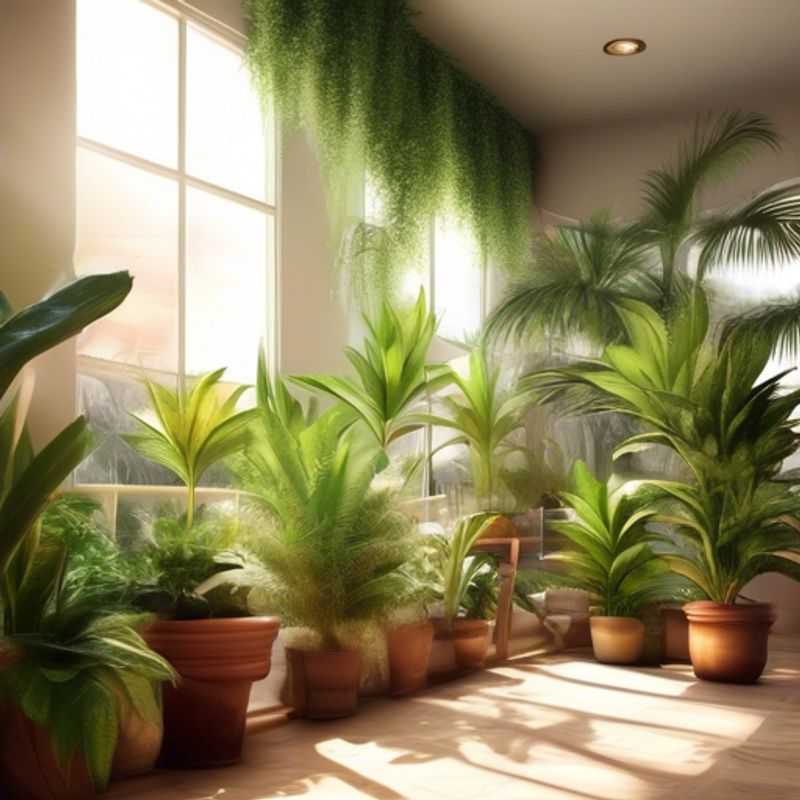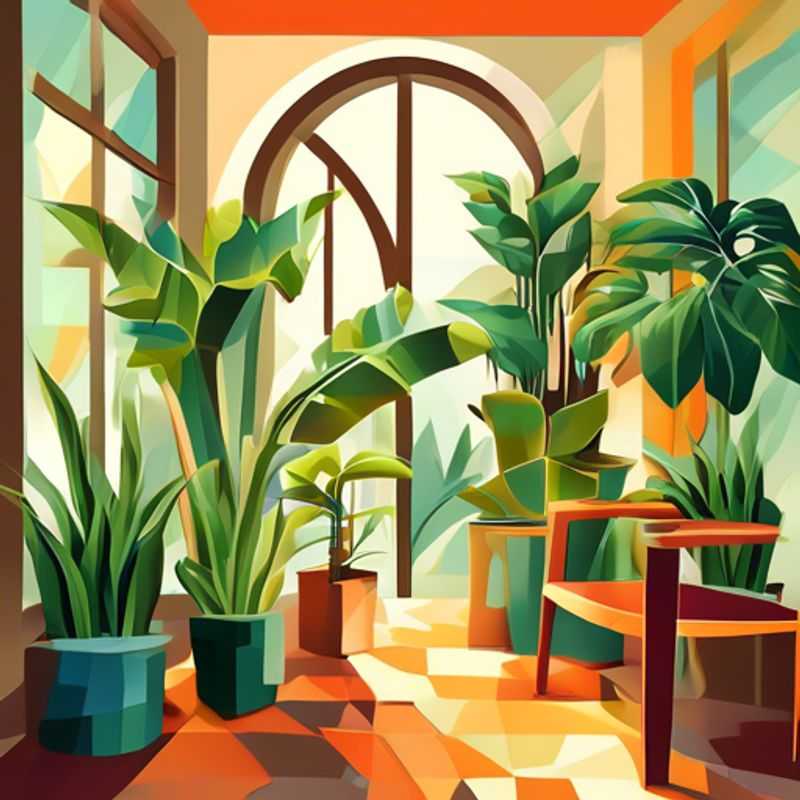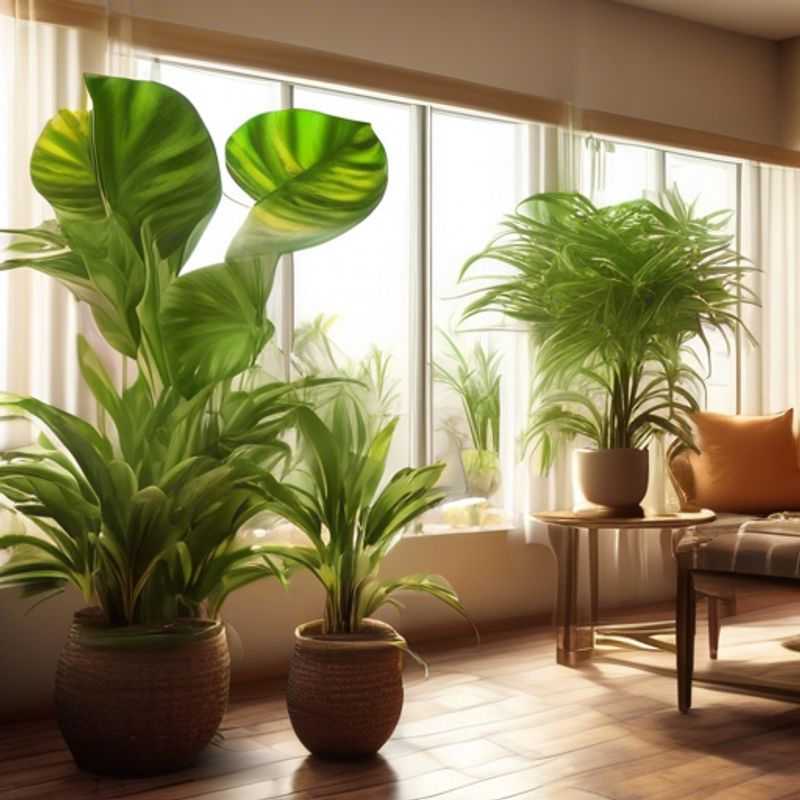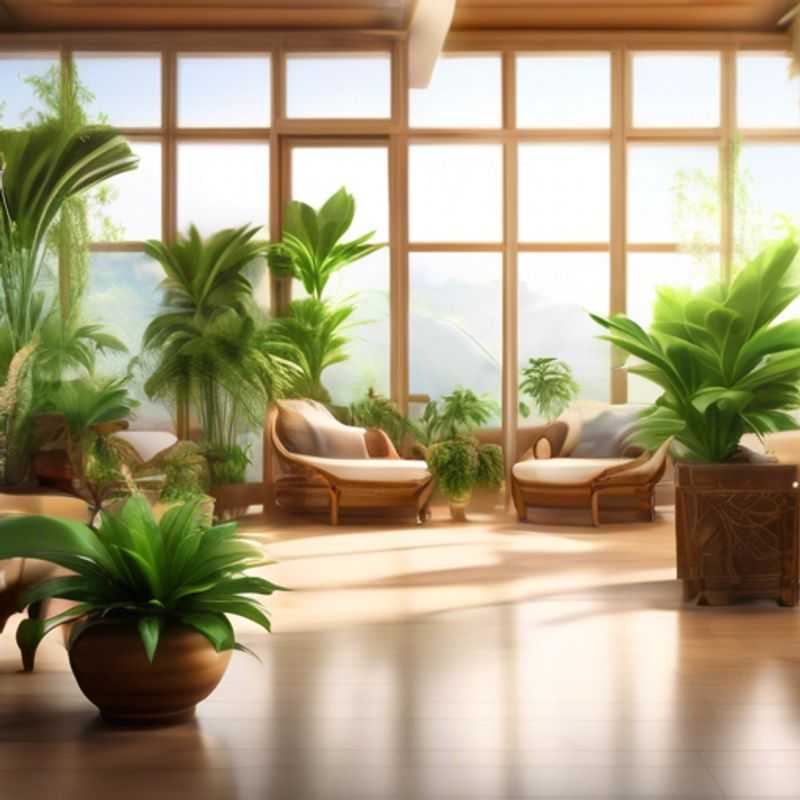Top 4 Most Important Things to Know Before Buying Indoor House Plants

Understand Lighting Requirements for Your New Plant Friend
Research the Ideal Soil and Watering Needs
Consider Plant Size and Available Space
Learn About Common Pests and Diseases
Bringing nature indoors can be incredibly rewarding, but choosing the right houseplants requires a bit of research. Here's a rundown of the top four things you should know before making your leafy purchase:
1. Lighting Requirements:

Shining a Light on Success: Understanding Plant-Specific Lighting Needs
Understanding the lighting requirements for your plants is crucial for their growth and well-being. Different plant species have varying needs for light intensity, duration, and quality. Knowing these requirements allows you to provide the optimal conditions for your plants to thrive.
Light intensity refers to the amount of light that reaches your plants. It can be measured in foot-candles or lux. Plants can be categorized into three main groups based on their light requirements: low-light, medium-light, and high-light. Low-light plants tolerate low light conditions, while high-light plants require strong, direct sunlight. Medium-light plants fall in between these extremes.
Light duration refers to the length of time your plants receive light each day. This is particularly important for flowering plants, as it influences their flowering cycle. Many plants require a specific amount of light per day to flower properly. This is known as the photoperiod.
Light quality refers to the spectral composition of light. Plants use different wavelengths of light for various functions. For example, they use red light for photosynthesis and blue light for stem and leaf growth. Artificial light sources can be designed to mimic the natural spectrum of sunlight.
To determine the lighting requirements for your specific plant species, you can consult a gardening book or online resource. Be sure to consider the following factors:
* The plant's natural habitat: Where does the plant grow in the wild?
* The plant's growth stage: Does it need more light during a specific stage, like flowering?
* The plant's overall health: Are there any signs of light stress, such as yellowing leaves or stunted growth?
Once you understand the lighting requirements for your plants, you can provide them with the optimal conditions. This may involve adjusting the position of your plants, using artificial lighting, or even changing the amount of time they receive light each day.

Unlocking Plant Happiness: Mastering Soil and Watering Needs
Researching the ideal soil and watering needs for each plant is crucial for successful gardening. Different plants thrive in different soil types—some prefer well-draining sandy soil, while others may require moist, rich loam. It's essential to understand the specific needs of your plants to create the best environment for growth.
Watering is equally important; most plants need consistent moisture but can suffer from overwatering. A good rule of thumb is to check the top inch of soil—if it's dry, it's time to water. Be mindful of the plants' native habitats; for instance, succulents and cacti require less frequent watering compared to ferns or vegetables.
When estimating a plan for your research, consider potential paid activities such as soil testing services, where labs analyze soil composition and pH levels to provide tailored recommendations. Additionally, you may want to invest in consultation services from horticultural experts who can guide you on specific plants. Finally, consider the cost of high-quality soil amendments or fertilizers to enhance your soil's characteristics.
In summary, understanding the ideal soil and watering needs for each plant is vital for optimal growth and health. By focusing on these elements, you can ensure a thriving garden.

Choosing the Right Plant Size for Your Home: Space Matters!
Before bringing a new plant home, it's important to consider the size of the plant and the available space in your home. This is crucial for both the plant's well-being and your own enjoyment. Larger plants, like a Fiddle Leaf Fig, can require more space, especially as they mature. If you have limited space, opting for a smaller plant or a variety that stays compact may be better. It's also essential to consider the plant's growth rate and potential size. Some plants, like Monsteras, can grow very large, requiring you to repot them frequently.
Not only does the size of your home matter, but also the amount of light you can provide. Plants require different amounts of light to thrive, and choosing a plant that's appropriate for your home's lighting conditions is crucial. For instance, if your home has mostly low-light areas, consider plants like ZZ Plants or Snake Plants, as they are known to tolerate lower light conditions.
When deciding on a plant, remember that it's a long-term commitment. Consider the time and effort you're willing to dedicate to caring for your plant. Some plants are more demanding than others, requiring specific watering schedules and maintenance. If you're a beginner, choosing a low-maintenance plant like a Peace Lily or a Cast Iron Plant might be a better option.
Taking the size and space into account, you can choose a plant that will thrive in your home and bring joy to you for years to come.

Indoor Plant SOS: Common Pests and Diseases to Watch Out For
Keeping your indoor plants healthy requires vigilance against common pests and diseases. Identifying and addressing these issues promptly is key to maintaining the vitality of your indoor greenery.
Common Pests:
Mealybugs: These tiny, cottony insects suck sap from plants, leaving behind sticky residue. Spider Mites: These microscopic arachnids spin webs and feed on plant sap, causing yellowing and leaf drop. Aphids: These soft-bodied insects cluster on stems and leaves, sucking sap and excreting honeydew. Scale: These armored insects attach to stems and leaves, feeding on plant sap.
Common Diseases:
Root Rot: Overwatering and poor drainage lead to fungal infections that damage roots. Powdery Mildew: A white, powdery coating appears on leaves, hindering photosynthesis. Leaf Spot: Fungal or bacterial infections cause brown or black spots on leaves.
Prevention:
Regularly inspect your plants for signs of pests or disease. Maintain proper watering practices, avoiding overwatering. Ensure good air circulation around plants. Use insecticidal soap or neem oil for pest control. Avoid introducing infected plants to your collection.
For further information about specific pests, diseases, and treatment methods, consult with a trusted gardening expert or research reliable online resources.
